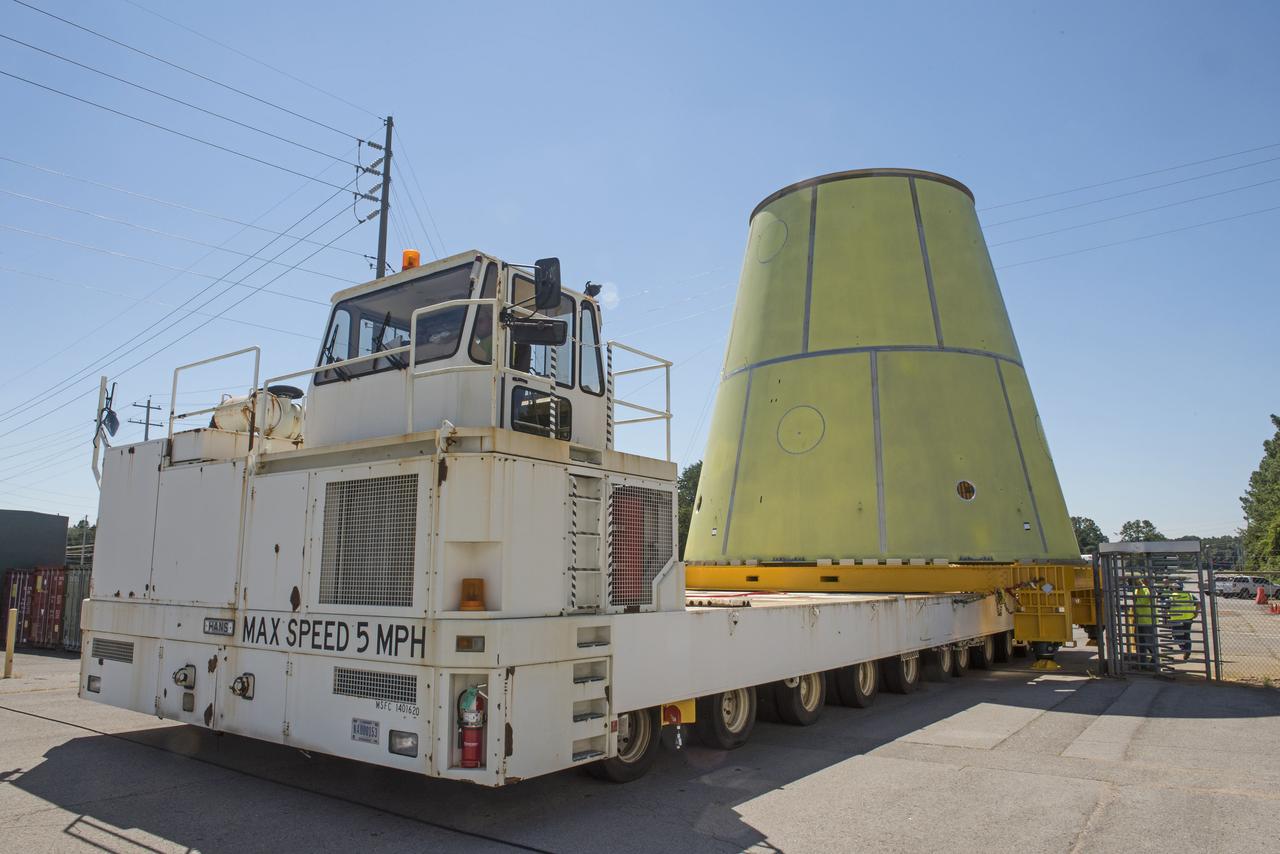Friction Stir Welding (FSW) has revolutionized aerospace manufacturing, particularly in modern launch vehicles where structural integrity, weight optimization, and reliability are paramount. Developed at The Welding Institute (TWI) in the UK in 1991, this solid-state joining process has been widely adopted by leading space agencies and commercial launch providers, including SpaceX, NASA, and the European Space Agency (ESA). FSW enables superior weld strength without melting the base material, leading to enhanced structural integrity, reduced manufacturing defects, significant weight savings, and improved production efficiency. The following case studies examine how this innovative welding technology is being applied in contemporary launch vehicles, highlighting its benefits and future potential.
Case Study: SpaceX Falcon 9 Fuel Tanks and FSW Implementation
FSW Integration in Falcon 9
The SpaceX Falcon 9 has transformed space access through its reusability and cost-effective design. A critical yet often overlooked aspect of its success is the adoption of Friction Stir Welding (FSW) in fuel tank construction. The first-stage fuel tanks, made from aluminum-lithium alloys, store liquid oxygen (LOX) and rocket-grade kerosene (RP-1). These tanks endure extreme pressures and temperatures, requiring exceptional structural integrity that traditional welding methods cannot provide. SpaceX utilizes both longitudinal and circumferential FSW joints for booster tank assembly at its manufacturing facility.
Manufacturing Process and Advantages
FSW offers significant benefits over traditional welding techniques, such as arc welding or riveting. The process employs a rotating tool that generates frictional heat, softening the material to a plastic state without reaching melting temperature. This allows the metal to be forged together under pressure, creating seamless, high-strength joints with limited impact on the material's original properties. (1)
The advantages of FSW for Falcon 9 fuel tanks include:
- Superior weld strength: Essential for tanks experiencing high stresses during launch and separation.
- Reduced defects: Traditional welding methods introduce porosity and heat-affected zones, whereas FSW produces consistently high-quality joints.
- Weight savings: No filler materials are required, optimising payload capacity and fuel efficiency.
- Dimensional accuracy: The solid-state process minimizes thermal distortion, reducing the need for post-weld corrections.
Future Potential
The success of FSW in Falcon 9 positions SpaceX as a leader in advanced manufacturing for space applications. Future developments may include:
- Enhanced automation and integration with in-line quality monitoring systems.
- Application of FSW for dissimilar alloy joining to further reduce weight while maintaining structural integrity.
Case Study: NASA's Space Launch System (SLS) and FSW Applications
FSW in the SLS Program
NASA's Space Launch System (SLS), central to the Artemis program, is one of the most powerful rockets ever developed. Given its scale and performance requirements, FSW plays a crucial role in manufacturing the 212-foot-long core stage, which houses cryogenic fuel tanks for liquid oxygen and hydrogen. (2)
Technical Implementation and Benefits
FSW is used extensively to join barrels, rings, domes, and inter-tank assemblies, with advanced systems facilitating large-scale welding.
Key benefits of FSW in the SLS include:
- Stronger, more reliable welds: Essential for containing cryogenic propellants under high pressure.
- Elimination of filler material: Avoids unnecessary weight that would impact payload capacity.
- Improved fatigue resistance: Ensures structural durability during intense launch and re-entry conditions.
- Enhanced manufacturing efficiency: Real-time monitoring allows for precision and consistency in large-scale production.
Future Applications
The SLS program paves the way for expanded use of FSW in next-generation NASA missions. Advancements may include:
- Further automation to reduce costs and production time.
- Hybrid welding techniques combining FSW with other methods.
- Exploration of FSW for in-space manufacturing, enabling large structure assembly beyond Earth.
Case Study: ESA's Ariane 6 and FSW Technology
FSW Adoption in Ariane 6
The European Space Agency’s Ariane 6, designed for cost-effective and flexible launch services, integrates FSW to improve manufacturing efficiency and structural performance. This transition marks a significant departure from the Tungsten Inert Gas (TIG) welding used in its predecessor, Ariane 5. (3)
Manufacturing Process and Efficiency Gains
FSW is primarily used in the hydrogen tank domes and cylindrical panels, manufactured at MT Aerospace in Germany. The process has significantly increased production capacity:
- Threefold increase in production rate: Compared to TIG welding, where preparation for a 10-minute weld required over three hours.
- Higher manufacturing efficiency: FSW allows for increased automation and reduced preparation time.
- Superior mechanical properties: Enhanced strength and fatigue resistance, crucial for cryogenic tanks.
Future Innovations
- ESA and its partners plan to further optimise FSW for Ariane 6 and beyond:
- Expanding FSW applications to additional rocket components.
- Research into advanced aluminum-lithium alloys and composite-to-metal joining.
- Potential adaptation for satellite and exploration vehicle structures.
Comparative Analysis and Future Outlook
Cross-Program Implementation of FSW
A comparison of FSW applications across Falcon 9, SLS, and Ariane 6 highlights:
- Structural reliability: All three programs employ FSW for propellant tanks and primary structures, benefiting from enhanced joint strength and reduced distortion.
- Weight savings: The elimination of filler materials contributes to greater payload efficiency.
- Production efficiency: FSW reduces manufacturing time and improves quality control compared to traditional welding.
Emerging Trends and Potential Expansions
Looking ahead, FSW is poised for further innovation in space applications:
- Dissimilar metal joining: Could enable lighter, stronger structures in future launch vehicles.
- In-space welding: Potential for constructing large structures in orbit.
- Hybrid welding techniques: Combining FSW with other methods to enhance performance.
- Environmental benefits: FSW produces no harmful emissions, aligning with sustainability goals.
Conclusion
Friction Stir Welding has become a cornerstone of modern launch vehicle manufacturing, delivering significant advantages in structural integrity, efficiency, and performance. As space agencies and private companies continue to push the boundaries of space exploration, FSW will play a pivotal role in enabling the next generation of launch vehicles. With ongoing advancements in automation, material science, and hybrid welding techniques, FSW is set to further transform the future of spaceflight.
